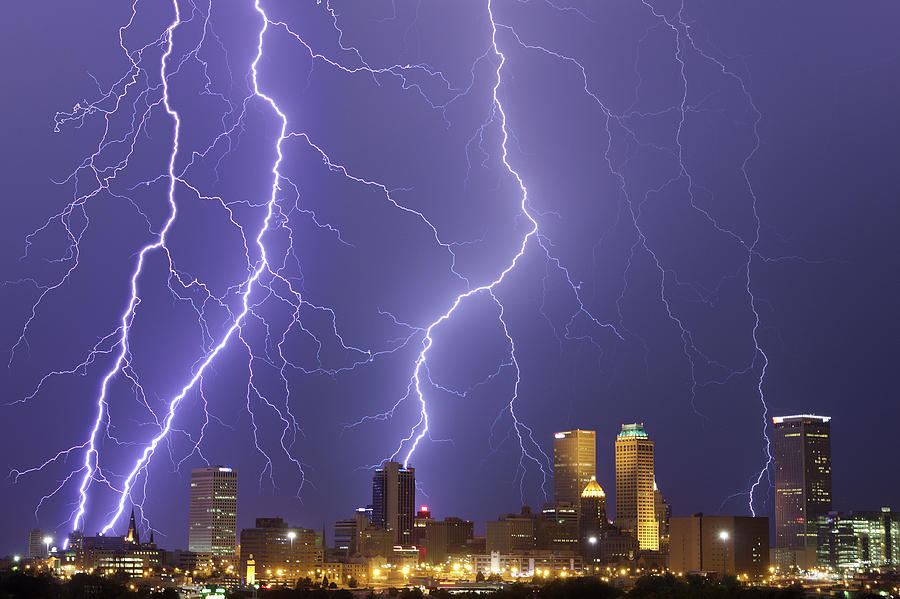CONUS Hurricane Strikes: 2016–20Year.....
Total...
GoM.....
EC2016....2........1..........1
2017....3........3..........0
2018....2........1..........1
2019....2........1..........1
2020....6........5..........1
YYYY....15......11........4
CONUS Hurricane Strikes: CyclonicFury’s Analog Years (1996, 1999, 2008, 2011)Year.....
Total...
GoM.....
EC1996....2........0..........2
1999....3........2..........1
2008....3........3..........0
2011....1........0..........1
YYYY....9........5..........4
If these analogs mean anything, maybe 2021 will feature more of a balance between GoM and EC hurricane landfalls than the past five seasons. We shall see. Based on
historical data, the more pronounced Niña signature in the oceanic-atmospheric conditions (including +NAO via -ENSO/-PDO feedback), the stronger/farther northeast the Bermuda-Azores High, meaning hurricanes tend to make landfall farther north/east along the CONUS. Weakly Niña or cool neutral ENSO signature means less of a strongly -PDO/+NAO, hence storms making landfall farther south/west, e.g., in the GoM or on the Florida peninsula vs. the Carolinas/Mid-Atlantic. Stronger Niñas actually tend to suppress total NS due to outflow from the greater proportion of stronger hurricanes in the MDR. Bottom line: if the current trend toward a stronger global Niña signature persists through ASO, then we may see more of a hurricane threat to the East Coast north of peninsular Florida vs. the Gulf-centric activity we’ve tended to see over the past five seasons. After all, during strong(-er) Niñas storms tend to develop farther east in the MDR and become stronger, hence more opportunity to turn northward along the U.S. East Coast.












